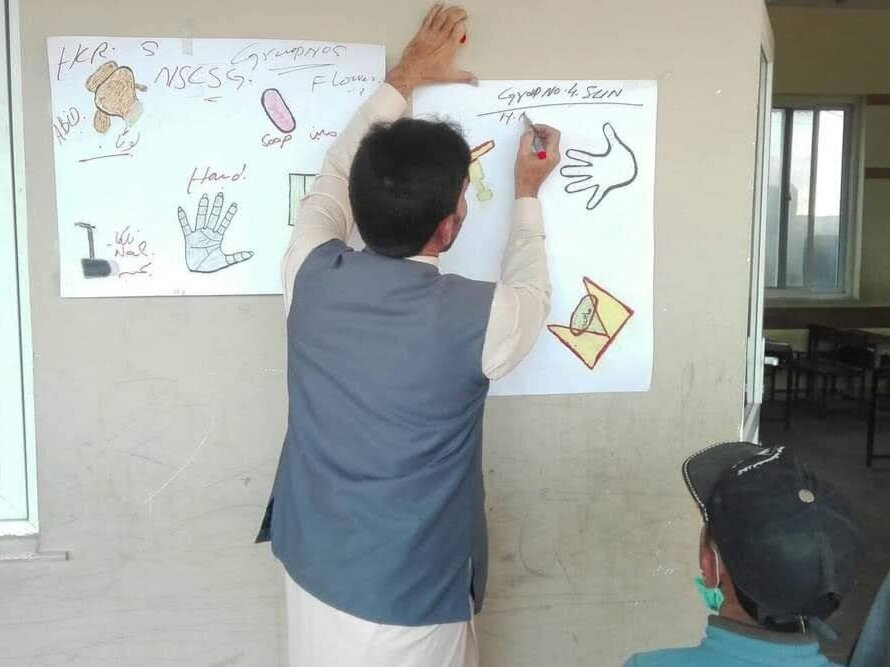At HCR, this question is always at the forefront of our minds. Our programs often tackle complex social policy issues that defy easy solutions. These problems are intricate, messy, and profoundly challenging, which is precisely why they remain unresolved.
As an HCR family, we constantly seek ways to evaluate the effectiveness of our projects. This pursuit led me to embark on a small research project focused on measuring these challenging problems. This journey of learning and reflection inspired me to consider how our findings could be applied across various settings.
We trialled an innovative approach in a community alliance project in Geraldton, Western Australia, addressing family violence. This pilot project proved to be a valuable learning experience. We gained significant insights and continue to learn and grow. Eager to share our findings, we disseminated them to the health promotion community in Australia. Recognising the importance and impact of our work, it was published in their peer-reviewed journal, which you can access here.
Through this experience, we have reinforced our understanding that communication for development (change) plays a crucial role in building healthier and stronger communities. We remain committed to using our skills and knowledge to support communities around the world.


















